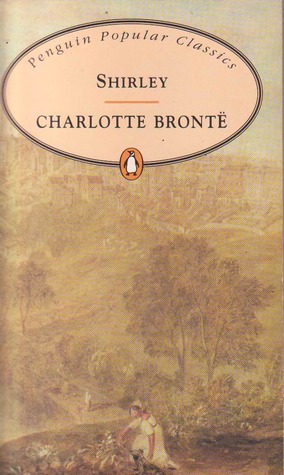Shirley (English, Paperback, Charlotte Bronte)
Rs.399.00 Rs.169.00
Author: Charlotte Bronte, ISBN: 9780140620238, Condition: Old
Out of stock
Following the tremendous popular success of ‘Jane Eyre’, which earned her lifelong notoriety as a moral revolutionary, Charlotte Brontë vowed to write a sweeping social chronicle that focused on “something real and unromantic as Monday morning.”
Set in the industrializing England of the Napoleonic wars and Luddite revolts of 1811-12, ‘Shirley’ (1849) is the story of two contrasting heroines. One is the shy Caroline Helstone, who is trapped in the oppressive atmosphere of a Yorkshire rectory and whose bare life symbolizes the plight of single women in the nineteenth century. The other is the vivacious Shirley Keeldar, who inherits a local estate and whose wealth liberates her from convention.
A work that combines social commentary with the more private preoccupations of Jane Eyre, Shirley demonstrates the full range of Brontë’s literary talent.
“Shirley is a revolutionary novel,” wrote Brontë biographer Lyndall Gordon. “Shirley follows Jane Eyre as a new exemplar -but so much a forerunner of the feminist of the later twentieth century that it is hard to believe in her actual existence in 1811-12. She is a theoretic possibility: what a woman might be if she combined independence and means of her own with intellect. Charlotte Brontë imagined a new form of power, equal to that of men, in a confident young woman [whose] extraordinary freedom has accustomed her to think for herself….Shirley [is] Brontë’s most feminist novel.”
L19
Reviews
There are no reviews yet.
Only logged in customers who have purchased this product may leave a review.
Related products
Almost New Books
It’s Not About The Bike (English, Paperback, Lance Armstrong)
Almost New Books
Almost New Books
Almost New Books



















